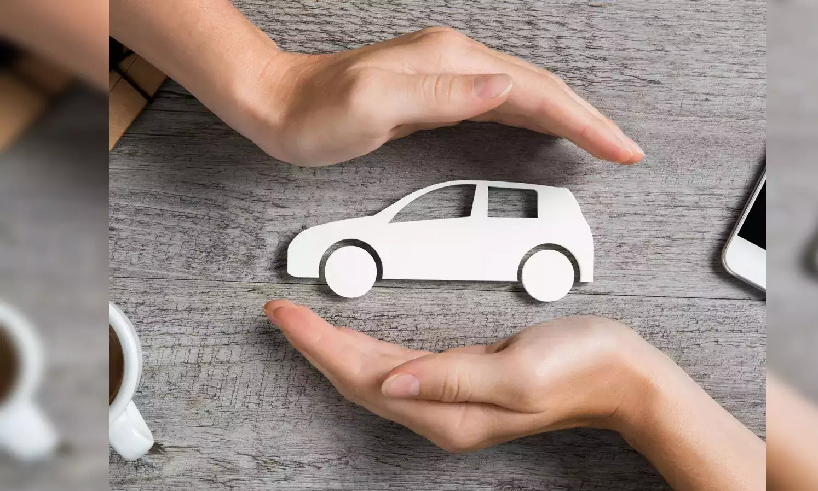Comprehensive car insurance is a crucial safeguard against the high costs of accidents or damage. However, the complexities of insurance terms often make it seem daunting. Simplifying these terms is essential for better understanding insurance claims and rates. Discover why considering your car’s type is vital before buying a motor insurance policy.

Why Does The Classification Of A Car Affect The Cost Of Insuraance?
The Insured Declared Value (IDV) is primarily influenced by the car type when extending car insurance. This value, representing the vehicle’s market worth, is pivotal in determining premiums. Engine capacity and body type are critical factors in car classification, directly impacting IDV. IDV is the guaranteed amount against your car insurance policy, serving as the reference point for claim assessments related to any car damage. You can use an IDV calculator to help estimate costs of premium.
What Category Do Cars Fall Under?
There are now many different car classification schemes. It might depend on the vehicle’s size, purpose, fuel type, body style, or segment.
Cars can be categorised using:
- Body Style: vans, convertibles, hatchbacks, sedans, crossovers, etc.
- Car Segment: Cars are divided into utility vehicles, mid-size or full-size cars, sports cars, luxury cars, and compact cars.
- Car Fuel: Car fuel such as hybrid, CNG, diesel, etc.
- Size: Cars can be classified by size as full-size, mid-size, compact, micro, or sub-compact.
- Purpose: For business, pleasure, sports, or luxury purposes
The Impact Of Vehicle Classification On The Insurance Component Known As The Third-Party Premium
Third-party coverage is a mandatory component of car insurance, legally required to cover losses and expenses for the other party in an accident. The Motor Accident Claims Tribunal handles payouts through third-party car insurance claims, ensuring victims are compensated without burdening the vehicle owner. This insurance type is categorised into three price ranges based on engine size, with premiums estimated considering factors like model number and prior claims.
The Impact Of A Car’s Classification On The Insurance’s Own-Damage Premium Component
The type of car you drive is one of the main factors affecting your policy’s insurance premium.
Several common factors associated with this aspect include:
- Sedan or Hatchback: Hatchbacks generally have lower insurance rates due to their compact size and high sales volume. Despite being more expensive, Sedans have premiums determined by their on-road price and segment. ##
- High-End Sedans and Hatchbacks: Premiums for high-end models in these categories differ from standard ones due to their higher on-road costs.
- SUVs and MUVs: Insurance for SUVs, MUVs, and similar vehicles tends to be higher due to their sturdier construction, off-road use, and potential for costly damage repairs.
- Sports Cars and Luxury Vehicles: With intricate construction and advanced technology, these vehicles have the highest premiums to cover potentially costly repairs.
- Luxury Cars: Luxury car insurance calculations differ significantly due to additional accessories.
When buying a car, consider the insurance premium vital for coverage in unfortunate events like collisions. Accurate assessment of Insured Declared Value (IDV) based on your car type is crucial for obtaining suitable car insurance coverage. Make sure you renew car insurance online on time.
* Standard T&C Apply
## All savings are provided by the insurer as per the IRDAI-approved insurance plan. Standard T&C apply.
Insurance is the subject matter of solicitation. For more details on benefits, exclusions, limitations, terms, and conditions, please read the sales brochure/policy wording carefully before concluding a sale.


